Ferrari Perle 2006
-
Wine
Enthusiast -
Wine
Spectator
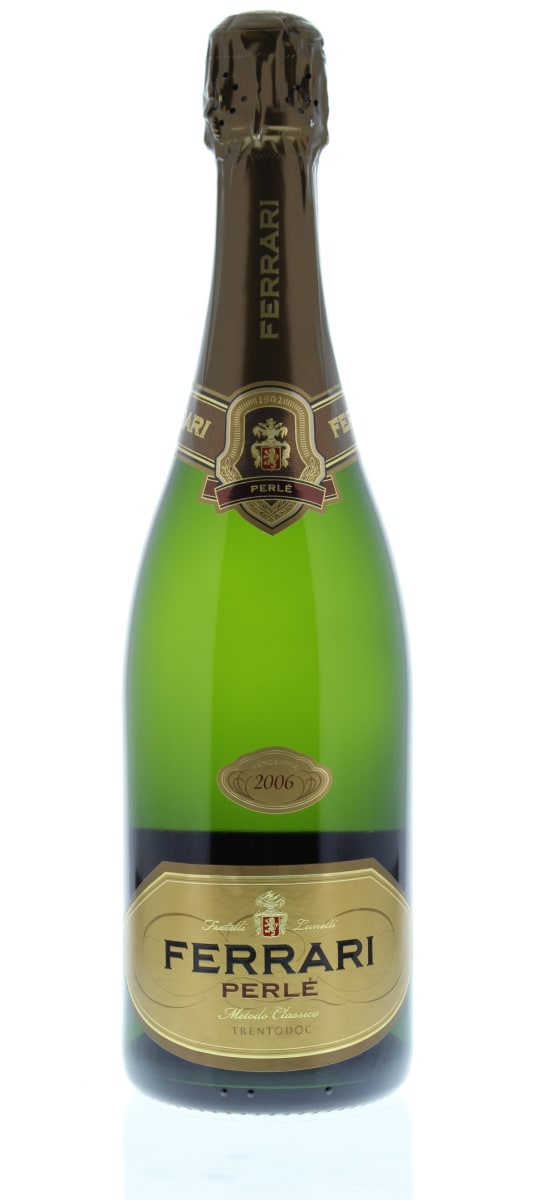



Product Details
Your Rating
Somm Note
Winemaker Notes
Professional Ratings
-
Wine Enthusiast
This is rich, creamy and zesty at the same time, redolent of citrus, peach, pear and Golden Delicious apple, followed by opulent tones of toasted nut and freshly baked bread. Bright acidity brings the wine to a refreshing close.
-
Wine Spectator
Shows lovely balance between the finely detailed mousse, focused acidity and an array of flavors that ranges from richer notes of pastry, almond and honey to mouthwatering accents of crunchy peach, grated ginger and poached apple.
Other Vintages
2015-
James
Suckling
-
Robert
Parker -
Wilfred
Wong
-
James
Suckling
-
Robert
Parker -
Wine
Enthusiast -
James
Suckling
-
Robert
Parker - Decanter
-
Robert
Parker -
James
Suckling
-
James
Suckling -
Wine
Spectator
-
James
Suckling -
Wine
Enthusiast
-
James
Suckling -
Wine
Enthusiast -
Wine
Spectator
-
Wine
Enthusiast



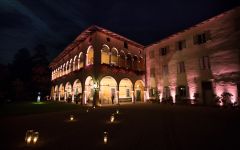
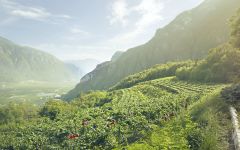
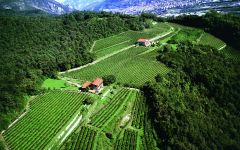

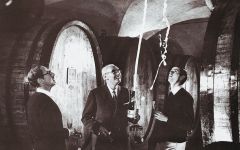
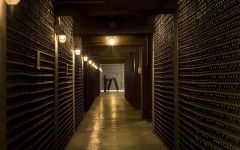
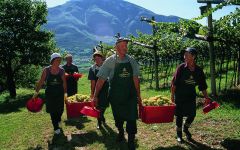
Mastering the art of Italian living is not difficult. Simply pop open a bottle of Ferrari, Italy’s most iconic sparkling wine, and you will find luxury, glamour, and undeniable quality in every sip.
Giulio Ferrari, a Trentino native, started his venerable sparkling wine house in 1902, after studying winemaking in France. Convinced that his native region’s terroir was ideal for growing Chardonnay, he produced three of his now best-known cuvées – Ferrari Brut, Perlé and Giulio Ferrari – as blanc de blancs. This innovative approach quickly paid off. Ferrari wines consistently receive some of Italy’s top accolades, including being awarded Tre Bicchieri 22 years in a row.
With its mountain viticulture (the Dolomites), Trentino is an area well-suited to the production of sparkling wines of great elegance and complexity. Large diurnal temperature range and high altitudes ensures high acidity and freshness in the grapes. With 300 acres of vineyards, Ferrari represents the largest estate in the Trentino region.
In 1952, Giulio Ferrari, having no children of his own, chose friend and local merchant Bruno Lunelli as successor for his beloved business. Today, the third generation of the Lunelli family is at the helm. Bruno Lunelli’s passion and entrepreneurial talent passed on to his sons, Franco, Gino and Mauro, who established Ferrari as the market leader in Italy and the nation’s celebratory wine par excellence. Production is in the hands of a capable team of eight winemakers and four agronomists, led by chief winemaker Marcello Lunelli. The pursuit of excellence in all areas of Ferrari production and management is an enduring family legacy with several cousins involved from the new generation: Marcello’s cousin, Matteo Lunelli, is the Chairman of Ferrari F.lli Lunelli SpA, Camilla Lunelli heads up global communications, and Alessandro Lunelli, an engineer by training, is responsible for planning and technical oversight. This generation leads the company with the aim of combining innovation and tradition, promoting Ferrari around the world as ambassadors of the Italian Art of Living.
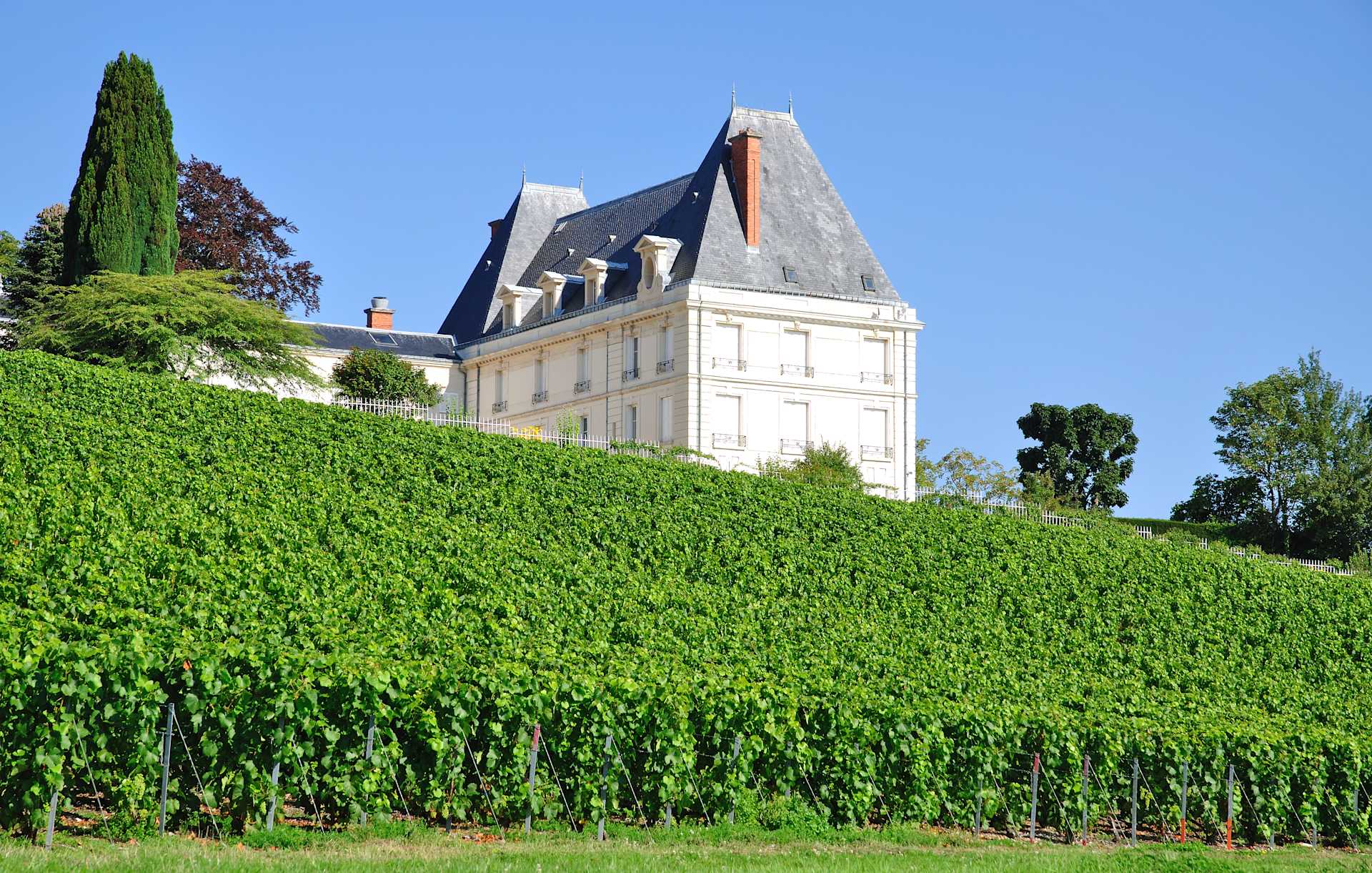
Representing the topmost expression of a Champagne house, a vintage Champagne is one made from the produce of a single, superior harvest year. Vintage Champagnes account for a mere 5% of total Champagne production and are produced about three times in a decade. Champagne is typically made as a blend of multiple years in order to preserve the house style; these will have non-vintage, or simply, NV on the label. The term, "vintage," as it applies to all wine, simply means a single harvest year.

Producing every style of wine and with great success, the Veneto is one of the most multi-faceted wine regions of Italy.
Veneto's appellation called Valpolicella (meaning “valley of cellars” in Italian) is a series of north to south valleys and is the source of the region’s best red wine with the same name. Valpolicella—the wine—is juicy, spicy, tart and packed full of red cherry flavors. Corvina makes up the backbone of the blend with Rondinella, Molinara, Croatina and others playing supporting roles. Amarone, a dry red, and Recioto, a sweet wine, follow the same blending patterns but are made from grapes left to dry for a few months before pressing. The drying process results in intense, full-bodied, heady and often, quite cerebral wines.
Soave, based on the indigenous Garganega grape, is the famous white here—made ultra popular in the 1970s at a time when quantity was more important than quality. Today one can find great values on whites from Soave, making it a perfect choice as an everyday sipper! But the more recent local, increased focus on low yields and high quality winemaking in the original Soave zone, now called Soave Classico, gives the real gems of the area. A fine Soave Classico will exhibit a round palate full of flavors such as ripe pear, yellow peach, melon or orange zest and have smoky and floral aromas and a sapid, fresh, mineral-driven finish.
Much of Italy’s Pinot grigio hails from the Veneto, where the crisp and refreshing style is easy to maintain; the ultra-popular sparkling wine, Prosecco, comes from here as well.
